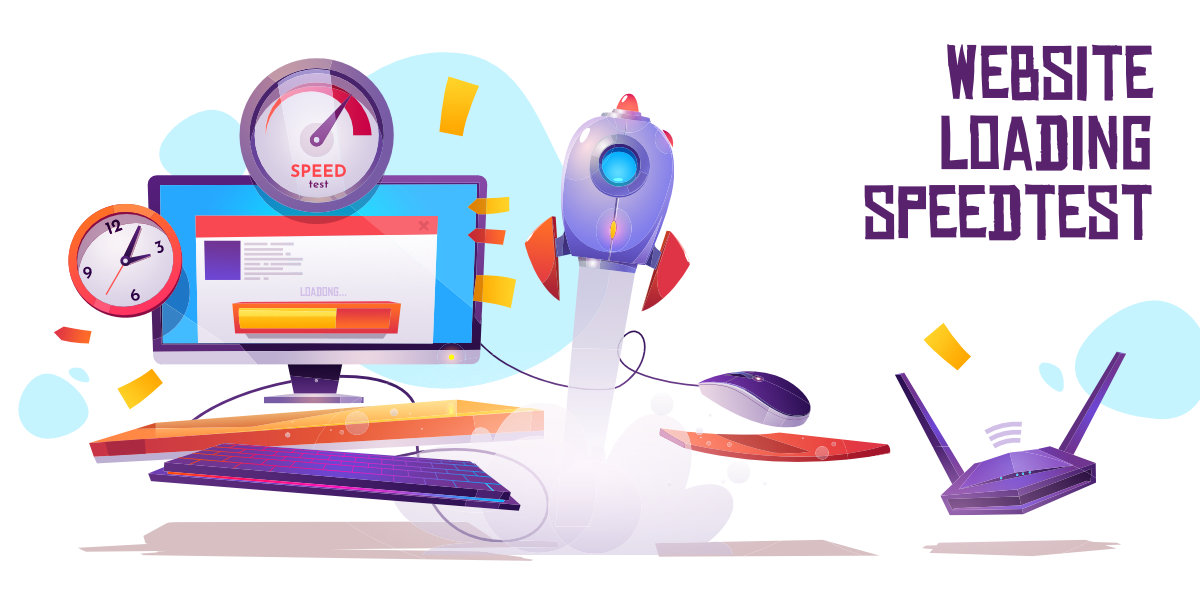Why Page Speed Matters for SEO
In today's fast-paced digital world, users expect websites to load quickly. But page speed isn't just about satisfying impatient visitors—it's become a crucial factor in how search engines rank your website. Let's explore why page speed matters so much for SEO and what you can do about it.
Google Officially Considers Page Speed a Ranking Factor
Since 2010, Google has officially included page speed as a ranking signal in its algorithms. This importance was further emphasized in 2018 with the "Speed Update," which made page speed a ranking factor for mobile searches as well. In 2021, Google's Core Web Vitals became official ranking factors, putting even more emphasis on loading performance.
How Page Speed Impacts Your SEO Performance
1. Better Crawl Efficiency
Search engine bots have limited time to crawl websites. Faster sites allow search engines to crawl more pages in the allocated crawl budget. This means more of your content gets indexed and has a chance to rank.
2. Reduced Bounce Rates
Studies show that 53% of mobile users abandon sites that take longer than 3 seconds to load. High bounce rates signal to search engines that users aren't finding what they need on your site, which can negatively impact rankings.
3. Improved User Experience
Core Web Vitals (LCP, FID, CLS) measure loading performance, interactivity, and visual stability. These metrics directly influence how users experience your site, and Google rewards sites that provide better experiences.
4. Increased Conversion Rates
A one-second delay in page load time can lead to a 7% reduction in conversions. By improving page speed, you're not just boosting SEO—you're directly impacting your bottom line.
5. Enhanced Mobile Performance
With mobile-first indexing, Google primarily uses the mobile version of your site for ranking. Fast-loading mobile pages are essential for maintaining and improving search positions.
Key Page Speed Metrics That Impact SEO
Core Web Vitals
- Largest Contentful Paint (LCP): Measures loading performance. Aim for under 2.5 seconds.
- First Input Delay (FID): Measures interactivity. Aim for under 100 milliseconds.
- Cumulative Layout Shift (CLS): Measures visual stability. Aim for under 0.1.
Additional Important Metrics
- Time to First Byte (TTFB): How quickly your server responds to requests
- First Contentful Paint (FCP): When the first content appears on screen
- Total Blocking Time (TBT): Amount of time the main thread is blocked
How to Improve Your Website's Page Speed
1. Optimize Images
Compress images without sacrificing quality and use next-gen formats like WebP. Implement lazy loading so images load only when they enter the viewport.
2. Minimize HTTP Requests
Each element on your page requires an HTTP request. Reduce the number of elements and consider combining files where appropriate.
3. Use Browser Caching
Leverage browser caching to store commonly used files on visitors' devices, reducing load times for returning visitors.
4. Enable Compression
Use Gzip or Brotli compression to reduce the size of your HTML, CSS, and JavaScript files.
5. Optimize Code
Minify CSS, JavaScript, and HTML by removing unnecessary characters, comments, and spaces. Consider implementing critical CSS rendering paths.
6. Use a Content Delivery Network (CDN)
CDNs distribute your content across multiple servers worldwide, reducing the distance between your website and users.
7. Implement AMP (Accelerated Mobile Pages)
For content-focused pages, consider implementing AMP to create stripped-down versions that load almost instantly on mobile devices.
8. Choose the Right Hosting Solution
Shared hosting may save money, but dedicated hosting or a virtual private server often provides better performance for growing websites.
Tools to Measure and Monitor Page Speed
- Google PageSpeed Insights: Provides performance metrics and optimization suggestions
- Lighthouse: Offers detailed performance audits and actionable guidance
- GTmetrix: Gives comprehensive performance reports and recommendations
- WebPageTest: Provides in-depth performance analysis from multiple locations and devices
- Chrome DevTools: Offers real-time insights into page loading and rendering
The Bottom Line
Page speed isn't just a technical consideration—it's a fundamental SEO factor that influences how search engines perceive your site and how users interact with your content. Every millisecond counts in the race for better rankings and conversions.
By prioritizing page speed optimization, you're not only improving your chances of ranking higher in search results but also providing a better experience for your users. This creates a positive feedback loop: better user experience leads to better engagement metrics, which further improves your SEO performance.
In a competitive digital landscape where user attention is increasingly scarce, a fast-loading website gives you a significant edge. Don't let slow page speed be the reason your perfectly optimized content fails to reach its audience.
Start measuring your current performance, implement the suggested improvements, and watch as both your search rankings and user satisfaction improve. Remember—in SEO, speed doesn't just matter; it's essential.
